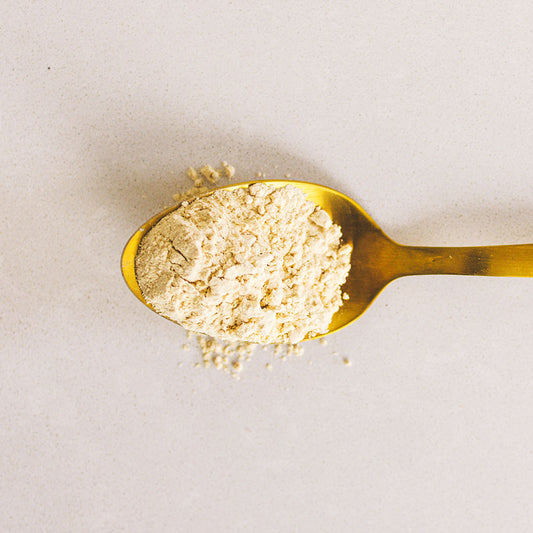Welcome to Birthing Ayurveda, where we follow one woman's pregnancy experience week by week—from a positive home pregnancy test all the way to delivery.
There is this idea that, as much as possible, do not intrude on the baby. It is in a very private place, where it cannot be seen—likely for a reason. The baby is processing and is very internal. For this reason, though it is said you can feel the baby's pulse through the mother's (and hence tell the prakriti of the baby), generally it is not advised to do so.
So, then, what about ultrasounds? What about finding out that one thing that almost every parent is dying to know (including us!)—the gender!?
Again, I am not going to claim that any one answer is right. I am just going to tell our story.
We talked about the concepts we had read about and explored (many of which I have written about in past blogs). We talked about keeping in mind that we are just instruments to nurture this child into its own expression—not our idea of what we want the kid to be or become. We aspire to not project our own ideas of how a girl should be or how a boy should be. For my husband, he reflected on how he was excited to teach a son how to play basketball and take him to games, but how those thoughts did not occur for a daughter. He had fond thoughts of a daughter, but it was very conditioned based on gender. Already, our minds were projecting certain expectations, without even knowing the gender.

But this child is to grow into its own self and we are supposed to help that process, no matter what it entails. The more we keep our expectations and projections out of the picture, the more we can see what the child is manifesting and expressing on its own.
So we decided no—we will not find out the gender. We will allow space to keep the slate empty and let the child fill in the slate instead of us.
As for ultrasounds, I decided that I did want to do one more ultrasound—the full scan of the baby looking at all of the anatomy. I did one when I first got pregnant to verify dating, which I feel is important, since an accurate due date can be very helpful if there are any complications. This second scan, usually done between 18–20 weeks, looks at all of the structures of the baby to make sure it is developing properly. For me, this information is important so that we can be prepared with the right personnel, physicians, and equipment if the baby needs any assistance at birth or if we need to intervene before I naturally go into labor.
As far as recommendations go, these are the two ultrasounds that are usually recommended. No further ultrasounds are really necessary unless your provider finds that your baby is not growing appropriately or if there are any other complications along the way.
I know that there are very strong opinions for and against ultrasounds.
As with all imaging techniques, risk, in theory, increases with duration and repetition of use. For ultrasounds, unlike x-rays or other imaging, the concern is not radiation but heat exposure created by the ultrasound. These risks are largely theoretical until more studies are done. Thankfully, most scans take far less than the limit of forty minutes and generate very little heat.
So my general thought is to do what makes you comfortable, and if you choose to do ultrasounds, as I did, limit them to the least number of ultrasounds of the shortest duration. As always, have an open conversation with your provider and take into consideration factors that are unique to you.













